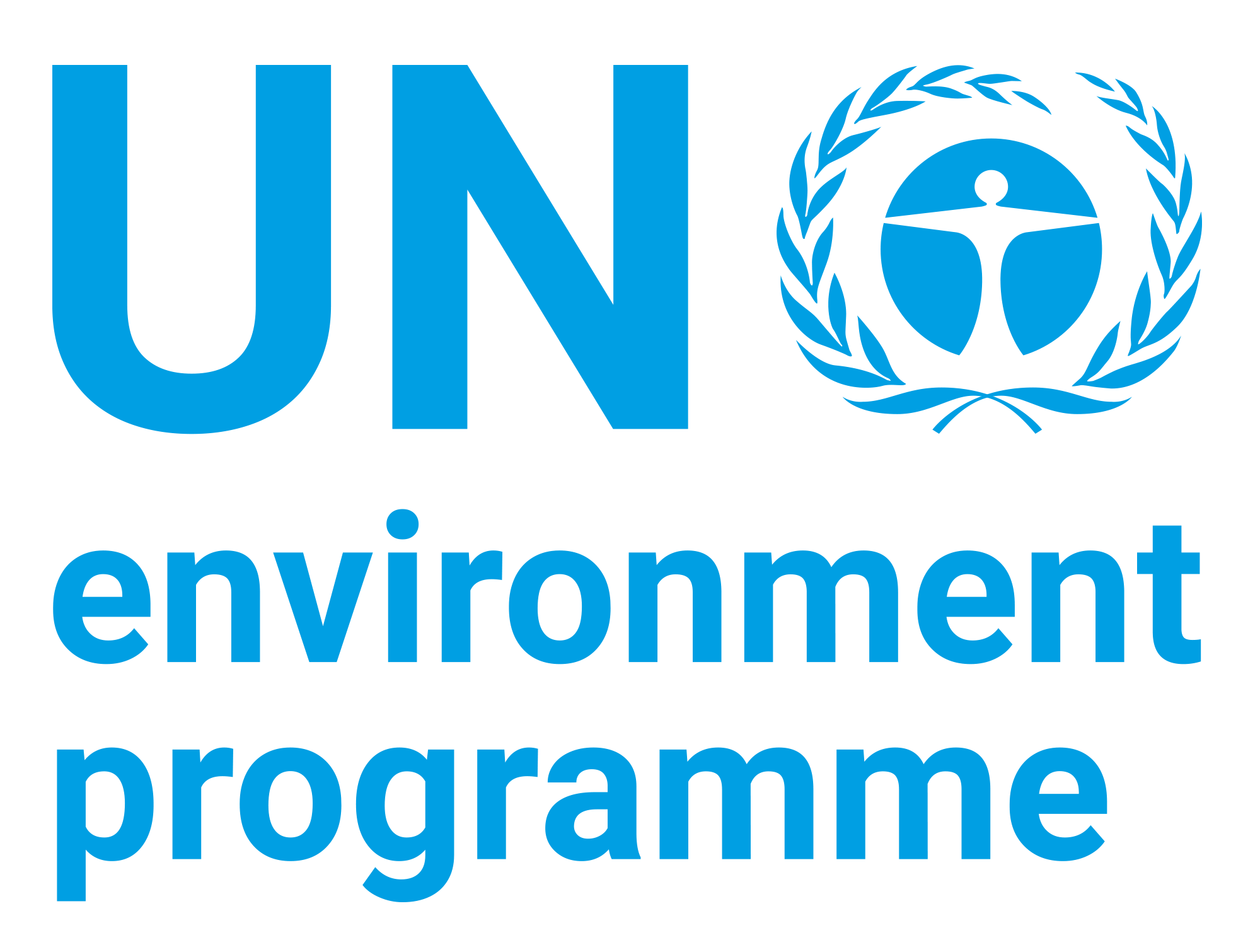| dc.contributor | Economy Division | en_US |
| dc.contributor.author | United Nations Environment Programme | en_US |
| dc.contributor.author | World Health Organization | en_US |
| dc.contributor.author | International Labour Organisation | en_US |
| dc.date.accessioned | 2019-08-15T16:46:33Z | |
| dc.date.available | 2019-08-15T16:46:33Z | |
| dc.date.issued | 1989 | |
| dc.identifier.isbn | 924 154285 3 | en_US |
| dc.identifier.uri | https://wedocs.unep.org/20.500.11822/29400 | |
| dc.description | Lead is a bluish or silvery-grey soft metal. With the exception of the nitrate, the chlorate, and, to a much lesser degree, the chloride, the salts of lead are poorly soluble in water.This document, although based on a thorough survey of the literature, is not intended to be exhaustive in the material included. In order to keep the document concise, only those data which were considered to be essential in the evaluation of the risk posed by lead to the environment have been included | en_US |
| dc.format | Text | en_US |
| dc.language | English | en_US |
| dc.rights | Public | en_US |
| dc.subject | lead | en_US |
| dc.subject | pollution | en_US |
| dc.subject | aquatic ecology | en_US |
| dc.subject | terrestrial ecosystem | en_US |
| dc.subject | micro-organism | en_US |
| dc.subject | toxic substance | en_US |
| dc.title | Lead: Environmental Aspects - Environmental Health Criteria 85 | en_US |
| wd.identifier.sdg | SDG 3 - Good Health and Well-being | en_US |


